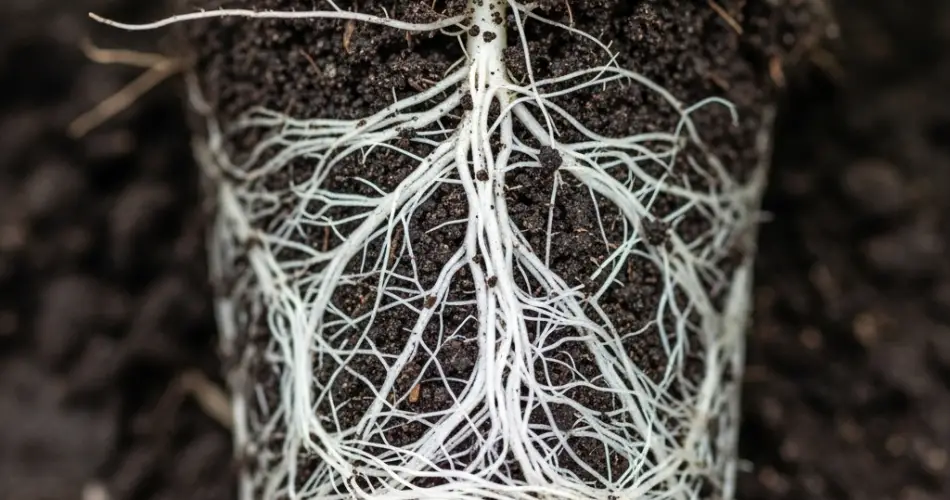Propagation is one of the most satisfying aspects of gardening. Whether you’re trying to multiply your favorite rose bush, create new basil plants from cuttings, or grow your own fruit trees from branches, one thing remains key: successful root formation.
While many gardeners rely on commercial rooting hormones or lentil-based DIY solutions, there’s a little-known natural alternative that’s incredibly effective — and it doesn’t involve lentils at all.
This natural rooting hormone can be made from ingredients you probably already have in your kitchen or garden. It helps cuttings form roots faster, stronger, and with higher success rates, without introducing synthetic chemicals into your soil.
Why Natural Rooting Hormones Work
Plant cuttings struggle to root on their own because they lack the necessary auxins, the natural plant hormones responsible for initiating root growth. Rooting powders and gels contain synthetic auxins to help speed up this process. However, some natural substances also contain or stimulate the production of these same hormones — making them excellent, eco-friendly alternatives.
The following natural recipe offers a powerful, homemade solution to encourage strong root development without chemicals or legumes.
What You’ll Need
This natural rooting stimulant relies on common materials rich in natural enzymes, minerals, and root-promoting compounds:
-
Willow branches (fresh or dried)
-
Honey
-
Cinnamon powder
-
A clean glass jar
-
Boiled water (cooled)
These ingredients are safe, biodegradable, and extremely effective when used together. Here’s how they work:
-
Willow branches contain salicylic acid and indolebutyric acid — two compounds known to trigger root growth in plant tissues.
-
Honey acts as a natural antiseptic and contains enzymes that promote root health while protecting cuttings from bacteria and fungal infections.
-
Cinnamon is antifungal and antibacterial. It prevents rot and infection in the vulnerable stem ends of plant cuttings.
How to Make the Rooting Hormone Solution
Step 1: Prepare Willow Water
-
Collect a few young willow twigs (green or yellow in color) and cut them into small pieces about 2–5 cm long.
-
Place the chopped willow twigs into a jar and fill it with warm (not boiling) water.
-
Let it steep overnight, or for at least 12 hours. The water will extract the natural rooting hormones from the willow bark.
-
After soaking, strain out the twigs and store the liquid in a clean bottle or jar. This is your willow water base.
Step 2: Add Honey
-
Mix in one teaspoon of raw honey for every cup of willow water.
-
Stir well to fully dissolve the honey.
Optional: Add Cinnamon
-
You can dip the base of each cutting into cinnamon powder just before placing it in the honey-willow mix. This provides extra protection against fungi and helps seal the cutting end.
How to Use the Natural Rooting Hormone
-
Select Healthy Cuttings
Choose a strong stem with 3–5 leaves or nodes. Remove the lower leaves, leaving only the top two or three. -
Dip and Soak
Dip the bottom 2–3 cm of the cutting into the rooting solution. Let it soak for 2–6 hours, depending on the plant species. -
Plant the Cutting
After soaking, place the cutting into a pot filled with moist soil, compost, or a mix of peat and perlite. Firm the soil around the stem. -
Cover and Wait
Create a mini greenhouse by covering the pot with a clear plastic bag or container. This helps retain moisture and heat, encouraging rooting. -
Check Progress
Within 7–21 days, roots should begin to form. Gently tug on the cutting — resistance means rooting has begun. Once roots are well developed, transplant the new plant into a larger pot or your garden.
Best Plants for This Method
This natural rooting hormone works well with most softwood, semi-hardwood, and herbaceous cuttings, including:
-
Basil, mint, oregano, and other herbs
-
Tomatoes and peppers
-
Roses and geraniums
-
Jade plant, pothos, and other succulents
-
Citrus, fig, and other fruit tree cuttings
Tips for Success
-
Always use clean, sterilized tools to avoid introducing bacteria to cuttings.
-
Keep the cuttings in indirect light while rooting to prevent stress.
-
Mist the leaves lightly if they start to wilt.
-
Avoid overwatering — damp, not soggy, soil is best.
Conclusion
Rooting plant cuttings doesn’t require store-bought hormone powders or lentil-based mixes. This powerful, all-natural method using willow, honey, and cinnamon offers a safe, effective, and environmentally friendly way to multiply your favorite plants. Whether you’re working with herbs, ornamentals, or fruit trees, this DIY rooting hormone gives your cuttings the best chance to take root and thrive.
Try it in your garden — you might be surprised at just how successful your propagation efforts become!



